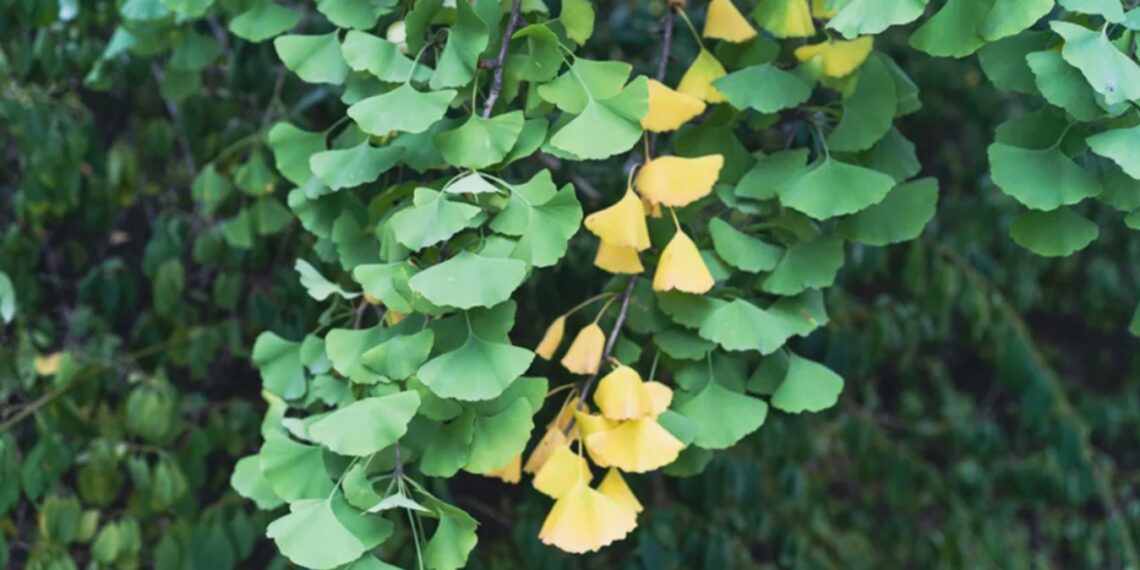By Nidhi Didwania
Medicinal plants play a key role in cancer research. As scientific understanding grows, they may increasingly be used in conjunction with conventional cancer therapies to enhance patient outcomes and give patients new hope.
Currently scientists are focusing on combination therapies for different types of cancer. Growing research aims to combine medicinal plant remedies with conventional medicines like chemotherapy or radiation therapy to increase effectiveness and minimise negative effects.
Many medicinal plants inhibit tumor growth. They are widely used because of their easy availability, affordability and having minimal or no side effects. Despite the advantages, there are some concerns regarding the safety and toxicity of medicinal and herbal plants.
Medicinal plants have various mechanisms to fight cancer. Many plant components have antioxidant properties that scavenge free radicals – unstable atoms that can damage cells – thereby reducing oxidative stress and possibly stopping the development and spread of cancer. Some plant substances can cause cancer cells to undergo apoptosis, or programmed cell death, which stops the spread of the disease.
Plant-derived drugs have been developed through research and progressed to clinical trials. The first plant-derived anticancer substances used in clinical settings were vinblastine and vincristine, which were discovered in the leaves of Catharanthus roseus (Madagascar periwinkle).
A number of indole alkaloids have been recently identified that efficiently suppressed human cancer cell lines under laboratory conditions. Human cancer-derived cell lines are the cancer cells taken from patients, the most widely used models to study the biology of cancer in laboratory conditions and test hypotheses to improve the efficacy of cancer treatment.
Medicinal plants provide a huge reservoir of secondary metabolites – natural products produced by all life forms as a response to stress conditions – such as flavonoids, alkaloids, polyphenols and terpenoids.
They are harvested to improve human health and used as antibiotics, enzyme inhibitors, immunomodulators and anti-tumor agents; to supplement the pyramid of healthy nutrition, such as pigments in nutraceuticals; and to enhance agricultural productivity, used as pesticides, insecticides and pheromones.
Some of these metabolites are difficult to obtain in large quantities, due to seasonal dependence, low yields or high extraction costs, which poses the biggest challenge to the use of medicinal plants in herbal industries.
Inappropriate harvesting and habitat destruction also have made several medicinally important plant species endangered. Biotechnological interventions are required to overcome these issues.
Medicinal plants with anti-cancer properties can be used as whole plant extracts or essential oils. Whole plant extracts, like those from the European mistletoe (Viscum album), have been used in cancer treatments in some regions. Camphene isolated from the essential oil of Piper cernuum (Piperaceae) induces intrinsic apoptosis in melanoma cells and displays anti-tumor activity in research conducted on living organisms.
Cytochrome P450 enzymes (CYPs) are ancient enzymes diffused in organisms in all kingdoms of life, including viruses, with the largest number of P450 genes found in plants. They are important catalysts in the production of highly valued secondary metabolites.
With the development of high-throughput sequencing and high-resolution mass spectrometry, new biosynthetic pathways or steps for synthesis of secondary metabolites and associated CYPs, are being identified. CYPs identified from medicinal plants are a potential game-changer in the metabolic engineering of secondary metabolic pathways, which improves cellular activity and helps in more secondary metabolite production.
Polyphenols are thought to have apoptosis-inducing properties showing anticancer properties which can be utilised for the production of anticancer drugs. Polyphenols are thought to initiate programmed cell death through regulating the mobilisation of copper ions which are bound to chromatin – a mixture of DNA and proteins that form the chromosomes found in human cells. This induces DNA fragmentation, the separation or breaking of DNA strands into pieces, a characteristic event that takes place when a cell dies.
In the presence of copper ions, resveratrol – a chemical mostly found in red grapes and products made from these grapes – was seen to be capable of DNA degradation. For example, curcumin-treated cancer cells in various cell lines have shown suppression of the tumour necrosis factor (TNF) expression through interaction with various stimuli. TNF can mediate tumor initiation, promotion and metastasis and functions as a growth factor for most tumor cells.
The flavonoids extracted from Erythrina suberosa stem bark and Alpinumi soflavone were shown to have cell-destroying effects in human leukemia cells. By promoting cell cycle arrest, the bioflavonoids from Ginkgo biloba male flowers reduced the growth of cervical cancer cells.
In MCF-7 cells – a human breast cancer cell line with estrogen, progesterone and glucocorticoid receptors – alkaloids from Justicia adhatoda leaf extract demonstrated a possible anticancer impact.
Particularly in regard to lung and ovarian malignancies, ginsenosides discovered in the aqueous extraction of panax ginseng roots have been studied for their possible anti-cancer activities. A study says this secondary metabolite has anti-tumor properties against colon cancer.
Nanoemulsions of essential oils have been used to increase solubility, stability and permeability in targeted cancer therapeutics. An apple pectin-based Zataria multiflora essential oil nanoemulsion significantly reduced the viability of certain breast cancer cells and significantly increased DNA fragmentation, apoptosis and morphological changes caused by apoptosis through loss of mitochondrial membrane potential, which is an important energy storage process.
Leaves of the Madagascar periwinkle, Catharanthus roseus, contain vinca alkaloids such as vincristine and vinblastine, which are used in chemotherapy to treat malignancies like leukemia and lymphoma. Paclitaxel (Taxol), a crucial chemotherapy medication used to treat breast, lung and ovarian cancers as well as Kaposi’s sarcoma, can be found in the bark of the Taxus brevifolia (Pacific yew tree).
When breast cancer cells were exposed to a nanoemulsion of Mentha piperita essential oil, the observed effect was significantly higher after 24 hours of exposure to the nanoemulsion formulation than after 72 hours of exposure to the free essential oil. The authors note that M. piperita also has an antiemetic effect that is helpful for chemotherapy for breast cancer, which frequently causes vomiting.
Combinations of drugs derived from vinca alkaloids, obtained from the Madagascar periwinkle plant; Taxus diterpenes, derived from the yew; Podophyllum lignans, an antioxidant and anti-inflammatory compound found in the podophyllum plant; and Camptotheca alkaloids, derived from the Campotheca tree, may enhance their anticancer effects and improve their efficacy as therapeutic agents.
Extracts from Urtica membranacea, belonging to the nettle family; Artemisia monosperma, or common mugwort; and Origanum dayi, or Desert Oregano, are also being tested for their effects on a wide range of cancer cell lines from lung, breast, colon and prostate cancers.
Plant-derived anticancer agents are effective inhibitors of cancer, putting them in high demand. Exploitation of these agents needs to be managed to keep up with this demand sustainably.
Many medicinal plants inhibit tumor growth by their antiproliferative, pro-apoptotic, anti-metastatic and anti-angiogenic molecular targets. They are widely used because of their easy availability, affordability and having minimal or no side effects. Despite the advantages, there are some concerns regarding the safety and toxicity of medicinal and herbal plants.
Some medicinal plants as whole can be allergenic or harmful for sensitive populations, while in other cases, certain parts of a plant may be edible and another part may be poisonous.
Toxicological assessment of any medicinal or herbal plant is mandatorily required to identify the adverse effects and to determine limits of exposure level at which such effects occur. Underestimating the toxicological challenges associated with the use of drugs derived from medicinal plants may pose serious health concerns.
Dr Nidhi Didwania is Professor, Department of Biotechnology and Director, Manav Rachna Centre for Medicinal Plant Pathology at Manav Rachna International Institute for Research and Studies, Faridabad, India.
Originally published under Creative Commons by 360info™.















